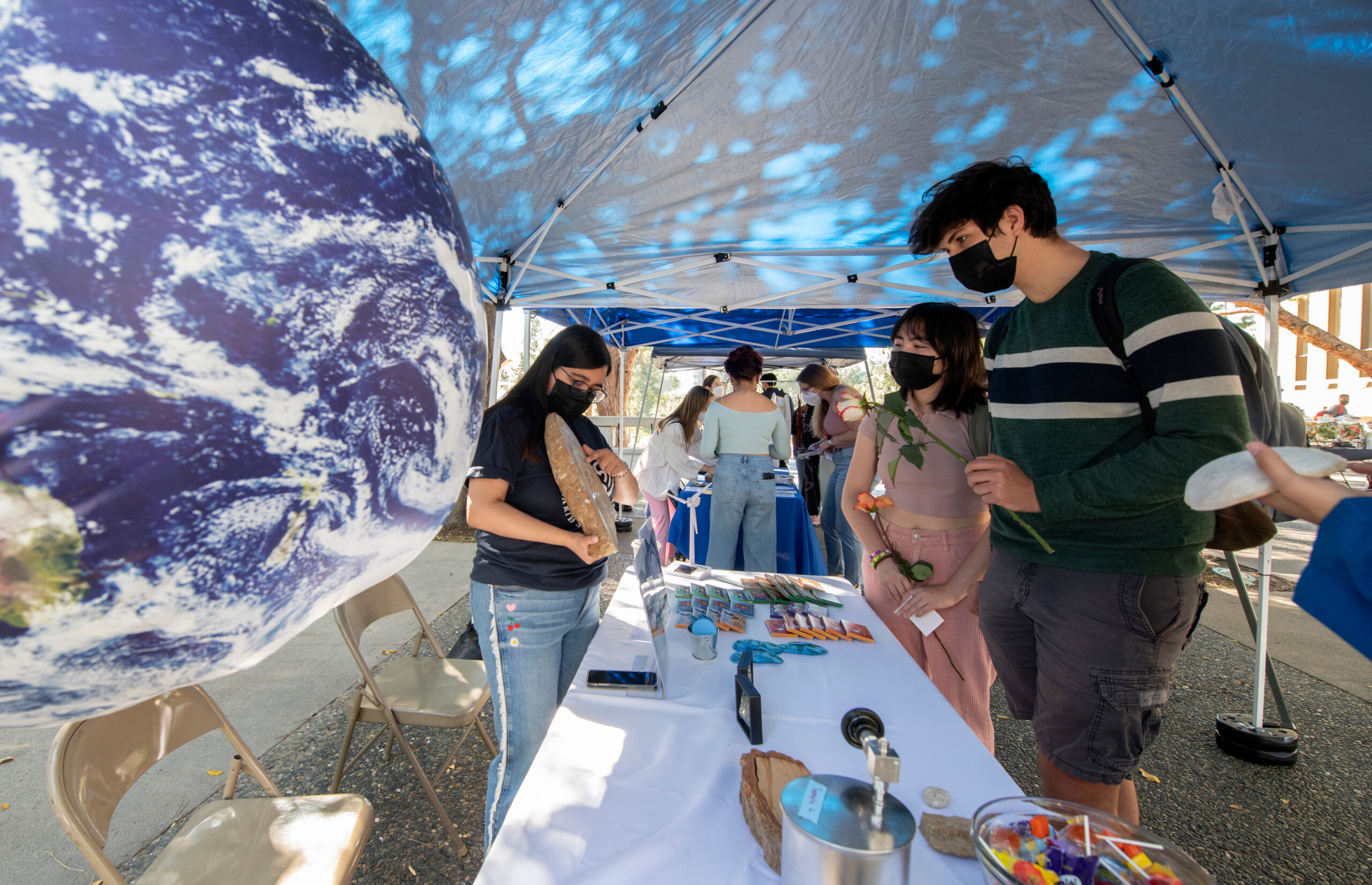Timeline
The University of California, Irvine has a rich history with sustainability that enriches and informs what our sustainability operations are today. Sustainability history at the campus would not be whole without mentioning the indigenous tribes and peoples that were present before the establishment of UCI, currently, and as we look to the future. Please find more information at UCI Libraries land acknowledgement page.
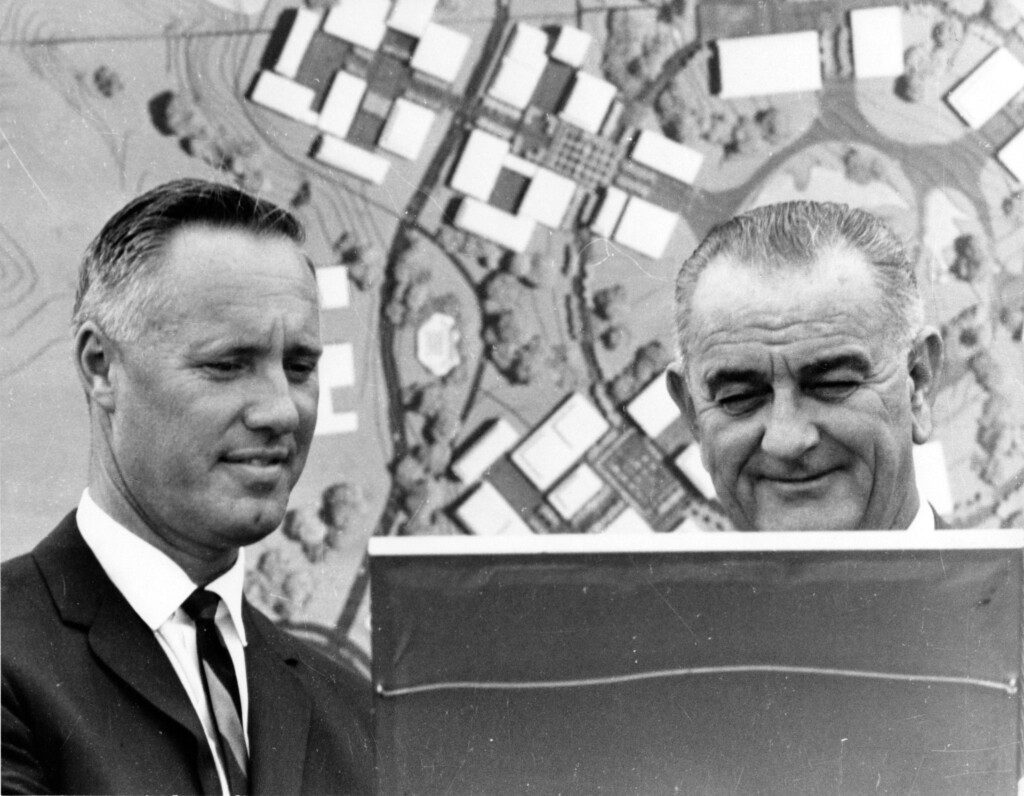
Founding in 1965
Sustainability has been embedded into UCI since its founding. President Lyndon B. Johnson dedicated the UCI campus while surrounded by new buildings circling the centerpiece UCI, Aldrich Park (source). The campus envelops its users and visitors in the natural environment. Operational sustainability was also embedded by the decision to use recycled water for landscape irrigation.
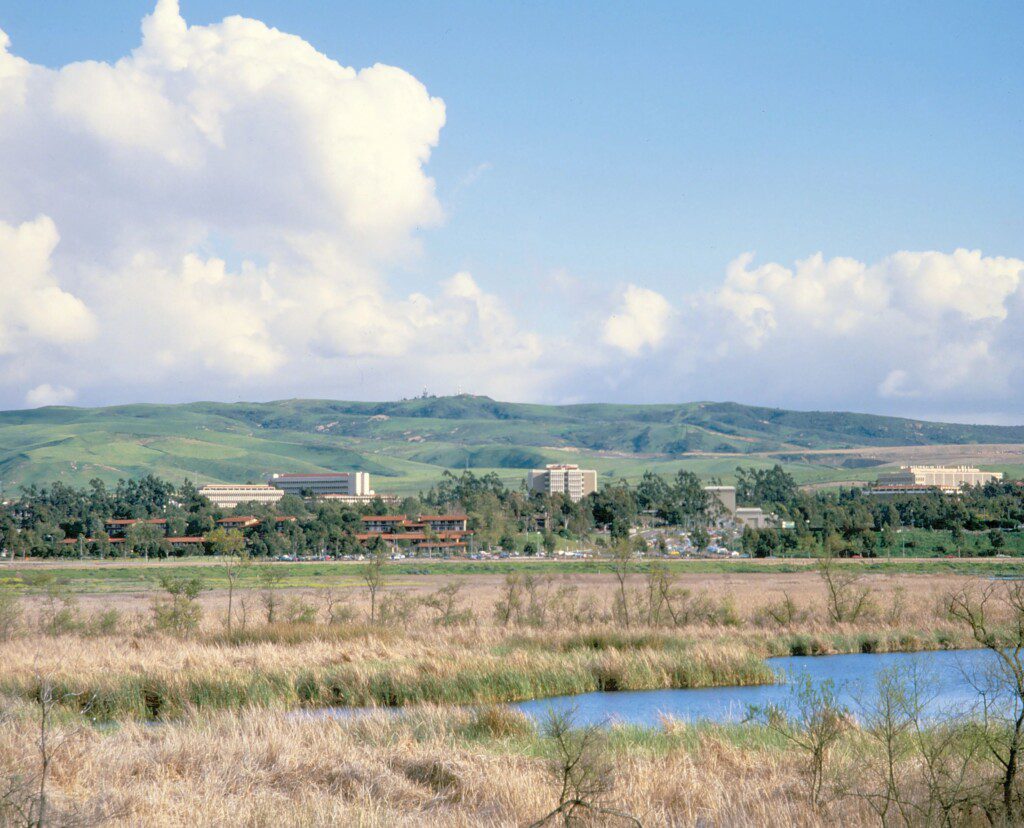
1970’s
The San Joaquin Marsh is a visual remnant and lasting piece of the wetland area that Irvine served close to the Pacific Ocean. It is one of 39 reserves in the UC Natural Reserve System and managed by staff at UCI Nature.
This time was also the start of a reinvigorated environmental movement, and UCI students, staff, and faculty took part in many actions this decade. Students took a trolley car to protest a local dump in the area (source). UCI also established the nation’s first School of Social Ecology to address large social problems in an interdisciplinary way,
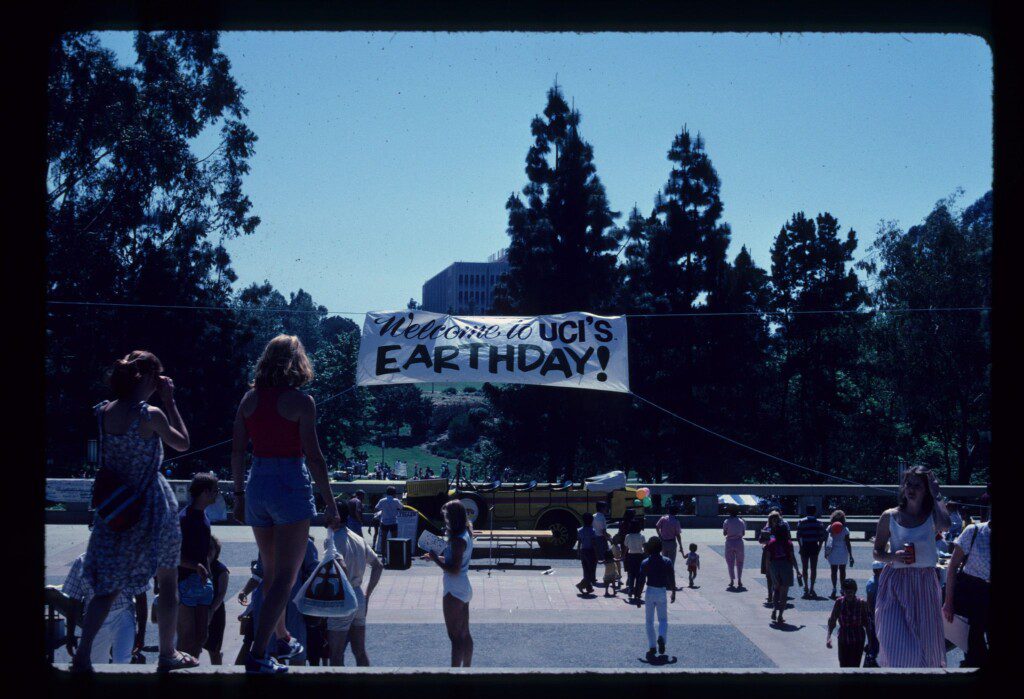
1980’s
Students continue their advocacy around sustainability issues both on campus and off-campus. Faculty continue advanced research, which includes chemist F. Sherwood Rowland publishing the first paper linking chlorofluorocarbons to damage to the ozone layer. This work eventually led to him and UCI postdoctoral scholar Mario J. Molina receiving the 1995 Nobel Prize in chemistry.
In 1989, atmospheric chemist Ralph Cicerone joined UCI to develop the first Department of Earth System Science in the nation. Cicerone later became UCI’s fourth Chancellor, which further helped identify sustainability as a top priority
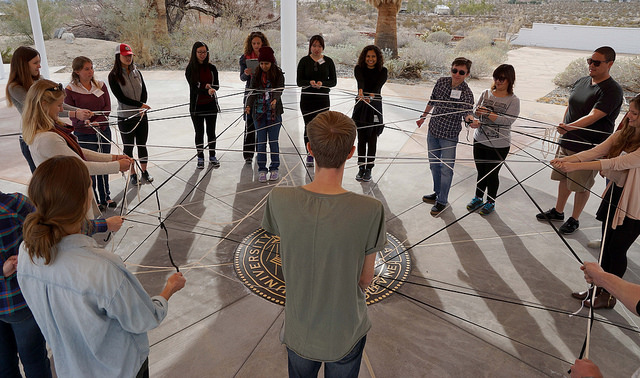
2000’s
Some highlights during this time include UCI piloting the UC solar power purchase agreement in 2006. This led us to being one of the first UC institutions to utilize solar power in its energy portfolio (source). In 2007, UCI also achieves its first Gold rating in Leadership in Energy & Environmental Design (LEED) for the Palo Verde expansion.
Staff and students passionate about the environment on campus started holding periodic “green” meetings in 2003. Through their advocacy and UC President Dynes signatory on the American College & University Presidents Commitment, the UCI Sustainability Committee was established (source).
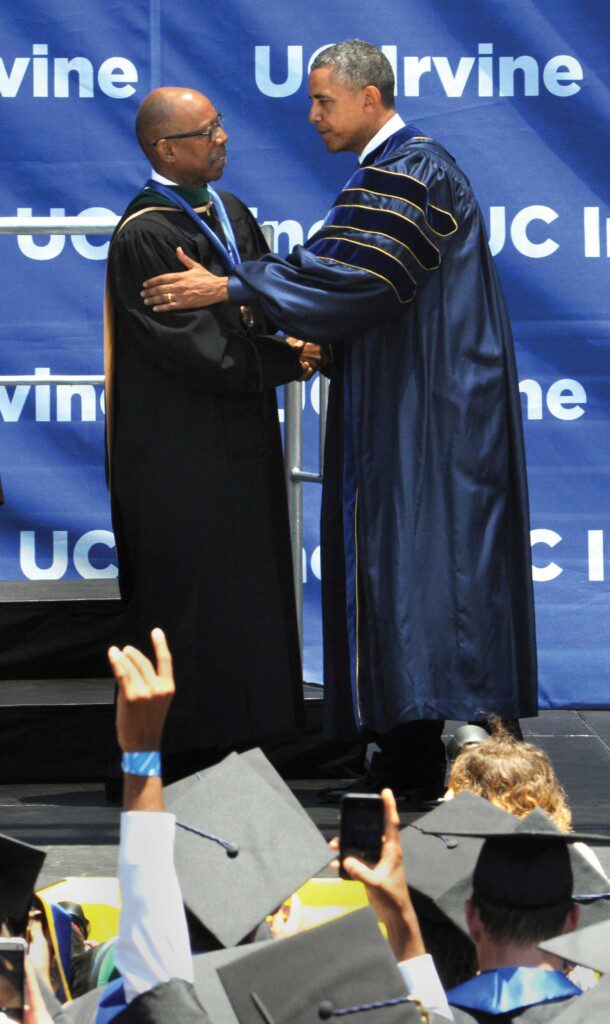
2010’s
The 2010’s was a big decade for advancing sustainability at UCI. In 2011, UCI achieved its first Platinum rating in LEED for Humanities Gateway. Leading us to achieve the most Platinum designations for an institution throughout this decade. In 2013, UCI met a 20% reduction in energy use challenged by President Barack Obama in 2008 about 7 years early.
This helped lead to President Obama providing the 2014 Commencement Remarks and leaving us all with inspirational words,
“Hope is the belief, against all evidence to the contrary, that there are better days ahead, and that together we can build up a middle class, and reshape our immigration system, and shield our children from gun violence, and shelter future generations from the ravages of climate change” (source).

During this time, UCI launched the Sustainability Initiative. This initiative launched to provide a platform for interdisciplinary, community-engaged sustainability education and research.
The Campus celebrated its 50th anniversary with sustainability efforts at the forefront of its history. We also celebrated the Dalai Lama’s 80th birthday with the Global Compassion Summit. This included a call for Compassion in Action for Climate Resilience.
Today
UCI has shown tremendous leadership in sustainability during the early part of this decade. In 2020, UCI College Corps launched to provide students service experience in climate action and food insecurity work within our communities (source). Three different Schools came together to launch the Environmental Changemakers Certificate (source). UCI Health builds the first all-electric hospital in the nation (source).
Sustainability and climate change are top priorities for UCI, and our history is still unwritten.

